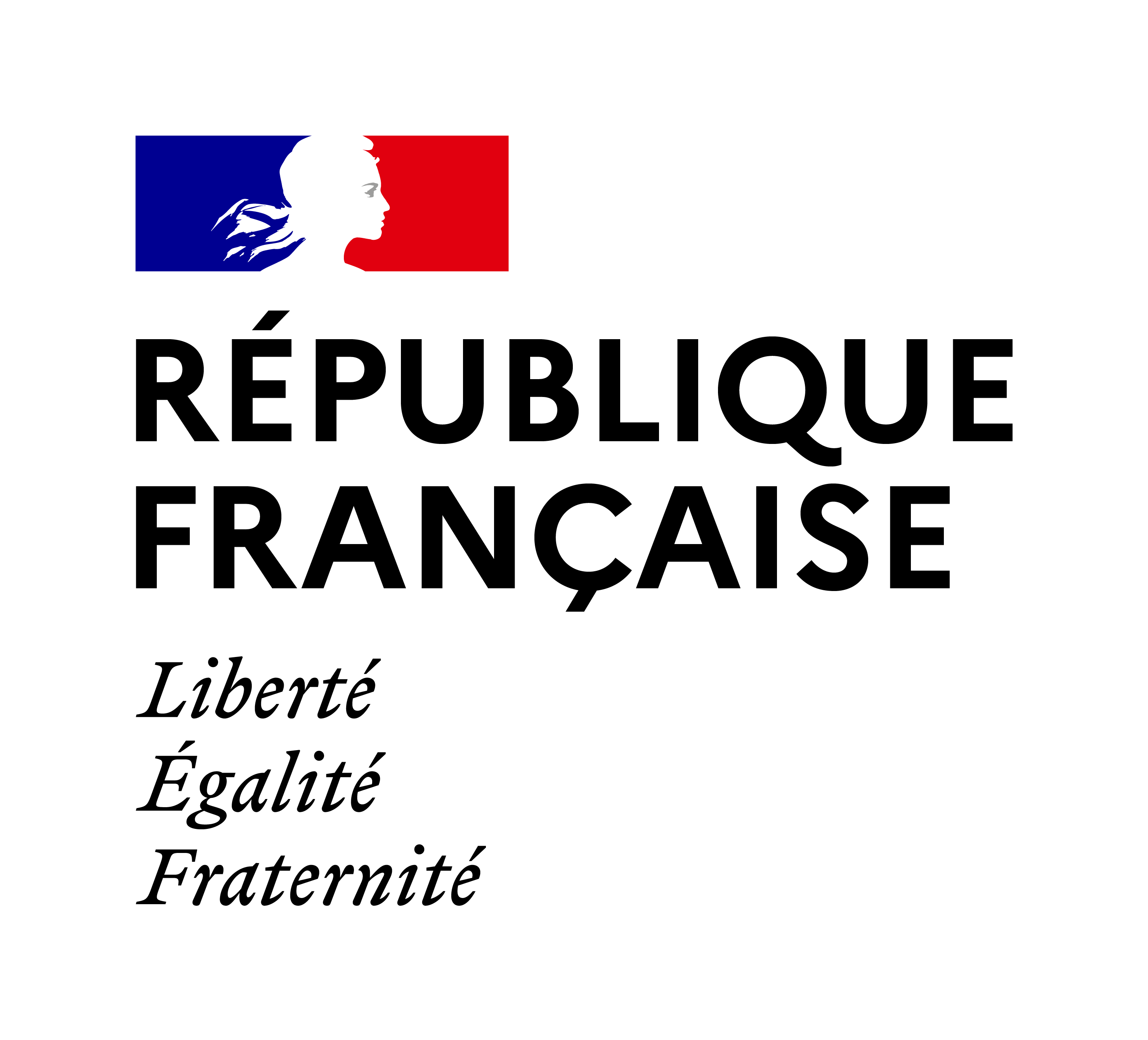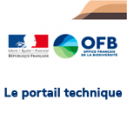JA-RIV project
From 29 January to 28 February 2022, wetlands are being honoured throughout France. In Guadeloupe, the JA-RIV project aims to protect and restore the swamp forest and mangrove of Jarry.
Jarry is an industrial and commercial area located in the commune of Baie-Mahault. It concentrates most of Guadeloupe's economic activities and exerts strong pressure on the adjacent wetland, which consists of a swamp forest and a mangrove with high ecological value, managed by the Conservatoire du littoral, the French coastal protection agency. In 70 years, 70 hectares of the Jarry swamp forest have disappeared.
The challenges of conserving this natural heritage are significant, particularly in view of the consequences of climate change, but also because the living environment of users and inhabitants depends on it.
To restore this area, the Conservatoire du littoral and the French Biodiversity Office (OFB) have signed a partnership agreement allowing the financing of the JA-RIV project in October 2019.
In order to carry out this project, the Conservatoire du littoral and its partners are working together to limit the sources of pollution and restore wetlands that are subject to unauthorised occupation. Indeed, some occupants, mainly linked to industrial and commercial activities, have appropriated land by filling in natural areas, or even constructing buildings in order to increase their occupation.
To free up these areas, the first action of this project was to negotiate with the occupants, insisting on the reclamation of the impacted wetland. These negotiations resulted in a temporary occupation agreement which stipulates that at least half of the area occupied by the company must be released and that the restoration of this area is the responsibility of the industrialist.
In the event that the companies do not adhere to this approach, the JA-RIV project partners exercise their prerogatives in terms of environmental policing to put an end to the environmental damage and the occupation of the public domain without right or title.
To date, 2 hectares of land have been released and renatured, and a further 1.8 hectares are following the same path.
In parallel, an ecological diagnosis was also carried out. This has improved knowledge of the area and enabled us to understand the functioning of the natural environment, to identify the pressures it is subject to and the dysfunctions it causes.
The next major action of this project is the development of a peripheral educational trail between the wetland and the industrial zone. The aim of this trail is to help people discover this little-known natural area and to raise awareness of the issues involved in preserving wetlands. This path is essential to ensure optimal management of the site, and will physically delimit the boundary between public and private land to avoid any risk of future encroachment. This action will soon be implemented on the parts already released.




